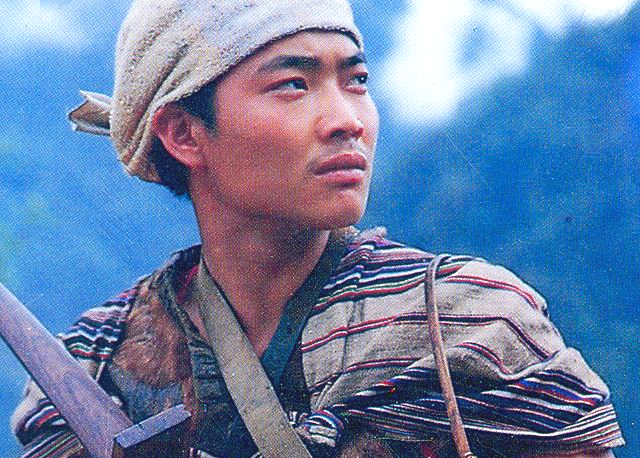© This article is an extract from Paul Hattaway's epic 656-page China’s Book of Martyrs, which profiles more than 1,000 Christian martyrs in China since AD 845, accompanied by over 500 photos. You can order this or many other China books and e-books here.
1943 - Kim, An, & Ni
1943
Jilin
In the mid-1930s a rumour circulated among missionaries in Manchuria that the Japanese Army was determined to destroy the Korean Christians in the region because of their perceived lack of cooperation with their imperialist aims. One historian says that the Japanese believed
“there was a certain attitude and certain teachings among the Christians which were difficult to reconcile with total obedience to totalitarian rule. They more than suspected that these Christians sat lightly to the doctrine that the Emperor of Japan was divine—the Son of Heaven. Therefore, they must make sure that they dealt effectively with the Christian Church in Manchuria.”[1]
One Korean preacher, Evangelist Kim, endured intense suffering for his faith. Because of his God-given effectiveness in winning souls for Christ he was a constant target of the Japanese and was tortured for his refusal to stop preaching the gospel. Kim strongly objected when the Japanese insisted that all churches install a small shrine in honour of the emperor. He preached that Christians could not serve two masters. They had to decide to worship either Jesus or the emperor. Consequently, Kim was arrested, tortured, and released on seven different occasions. On the eighth time
“he was given the famous ‘water cure.’ While he was stretched out on a bench with his head hanging back, water was poured from a kettle down his nostrils. Near strangling and half insane, he finally consented to sign a paper signifying his approval of Shinto shrine worship.”[2]
Soon after his release, Evangelist Kim became wracked with feelings of remorse. He went to the Presbyterian missionary Bruce Hunt and told him what he had done under torture. Kim wrote a letter to the Japanese authorities again voicing his disapproval of shrine worship, even though he knew that by doing so he would be subjected to more torture and deprivation. Within days Kim was rearrested and tortured in a tiny cell until he could not stand it anymore. The Japanese believed Kim was about to die, so they called in one of his friends to collect the body. The friend took him to the home of Presbyterian missionary Roy Byram and his wife. They lovingly treated him, and the bold evangelist gradually recovered his strength and continued his ministry of preaching the gospel and exhorting the believers. Evangelist Kim was arrested for the ninth and final time. He was held behind bars and subjected to barbaric cruelties which led to his death in 1943.
Other Korean Christian martyrs in Manchuria include a Sunday School teacher named An. In the spring of 1940, she went to the police station to try to secure the release of a friend. Instead, she was arrested and imprisoned. By November she had become critically ill. An
“was released and taken to the mission dispensary, jaundiced and little more than skin and bones. A few days later, as Dr. Byram was entering her room, she suddenly rose up and declared, ‘I go into the presence of my Father.’ Then she fell back on her bed and died.”[3]
Another martyr in Manchuria was an evangelist named Ni, who worked in secret schools set up by the Church to help educate children away from Shinto influence. He was arrested and, after enduring much torture, perished in prison.
1. Austin Fulton, Through Earthquake, Wind and Fire: Church and Mission in Manchuria, 1867-1950 (Edinburgh: The Saint Andrew Press, 1967), 93.
2. Hefley, By Their Blood, 85.
3. Hefley, By Their Blood, 85.





